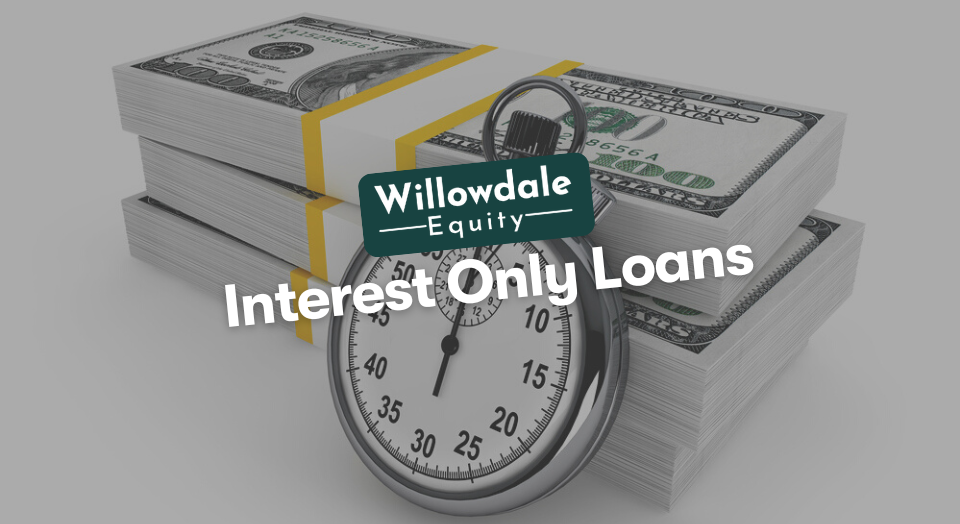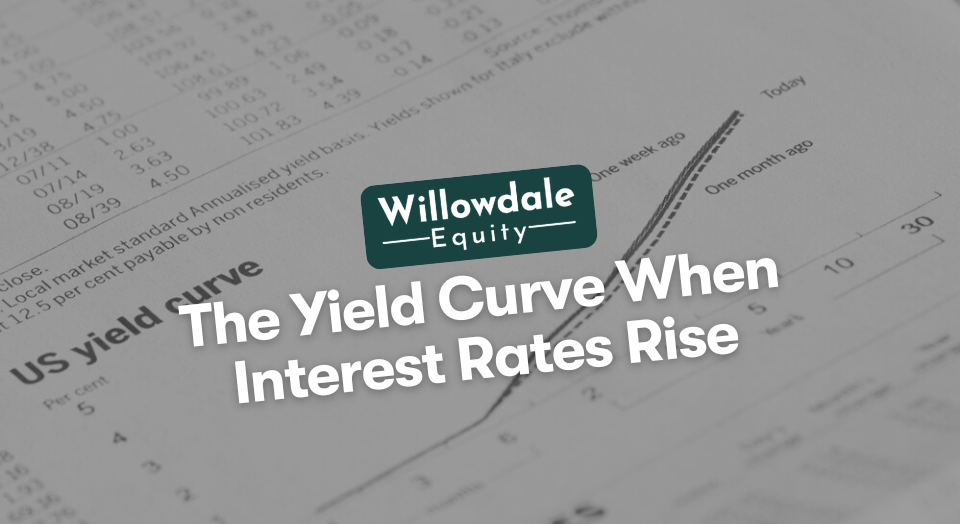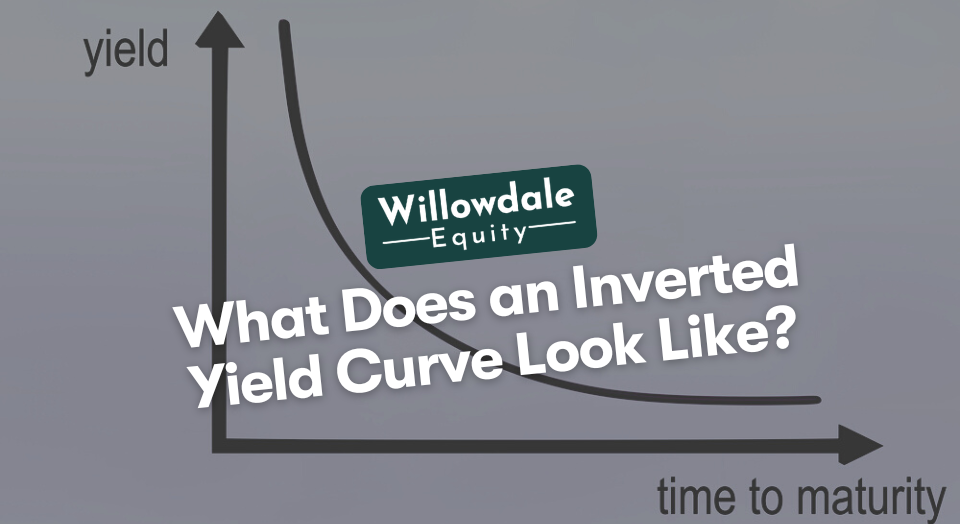
How Does an Interest Only Loan Work?
This article is part of our guide on fannie mae and non-recourse loans in multifamily, available here.
Interest-only loans are adjustable-rate mortgages designed to keep the monthly payment low. Interest-only loans have gained in popularity for several key reasons. In a conventional loan, the principal and interest are paid along with any escrows for taxes, homeowners insurance, and mortgage insurance. When this occurs, the debt-to-income ratio is higher. Because adjustable rate mortgages have a low “teaser” rate, the interest-only mortgage payments, including escrows and MI yields a lower DTI.
The real benefit of having an interest-only product is that you can lower your monthly payment, which allows you to either build up more extensive cash reserves for the property and future improvements or pay yourself higher cash distributions as an investor.
This article will show you what interest-only loans are, how they are structured, and why an I/O loan may be the choice for homeowners and investors.
Key Takeaways
-
The definition of an interest-only loan is a mortgage that is originated and closed with the understanding that the borrower can pay interest-only payments and, if they desire, can send in payments toward principal reduction
-
An I/O loan is a good choice if monthly payments are low and the borrower invests the money in new cash-flowing assets or as a reserve for future repairs and improvements to the subject property.
Definition of an Interest Only Loan
The definition of an interest-only loan is a mortgage that is originated and closed with the understanding that the borrower can pay interest-only payments and, if they desire, can send in payments toward principal reduction. These loans are adjustable rate mortgages with the teaser rate for calculating payment being available for the first few years, typically three to ten.
After the introductory period, the loan will convert to a conventional one. When a loan officer tabulates the payment, he MUST use the fully indexed rate to qualify the borrower. In the wake of the mortgage crisis of 2008, many lenders were offering loans with negative amortization.
Negative amortization means that nothing is paid towards the principal, and the principal increases rather than decreases each month. Other loans that have fallen by the wayside or are difficult to obtain are Option ARM loans, Balloon Loans, and No-Money-Down -Loans.
In Today's Market, How Does an Interest Only Loan Work?

An I/O loan in today’s market can be considered if the borrower understands the risk of a much higher payment after the introductory period ends (payment shock), not using the savings wisely, having little or nothing applied to principal reduction and an unreliable income stream.
Finally, if the borrower needs to refinance the loan and the appraisal comes in too low, his LTV would go up (possibly to the point where he can’t refinance). Unless the current lender has a plan in place for the borrower to either recast or modifies the loan, he could wind up defaulting on the loan or, worse, find himself in foreclosure.
An I/O loan is a good choice if monthly payments are low and the borrower invests the money in new cash-flowing assets or as a reserve for future repairs and improvements to the subject property.
Are Interest-Only Loans Tax Deductible?
For your single-family residence, interest-only loans are taxable during the interest-only period up to $750,000. When you file your taxes, the mortgage lender will send you form 1098 by January 31, following the filing by April 15. This form will show you how much interest you have paid during the tax year, how much of the payment has gone toward escrows and how much has been paid toward the principal.
In more considerable commercial assets like multifamily, an interest-only loan is fully deductible.
What is a 10-Year Interest Only Mortgage?
A 10-year interest-only mortgage is a loan with a low introductory rate for ten years. After ten years, it becomes an adjustable-rate mortgage. The interest rate is determined by the yield on US treasury securities plus the fixed margin. Upon maturity every year, the yield will adjust.
Most borrowers will refinance before the expiration of the tenth year. Costs for these interest-only home loans are the typical fees you would pay for a conventional loan; however, a premium may be paid via a bump to the rate or points.
Are Interest-Only Loans More Expensive?
From a cost standpoint, like those you will find on the Good Faith Estimate, those costs are the same as you will find with comparable conventional loans for points if the lender charges them.
The rest of the costs are standard fees as well as per diem interest (which is determined by the loan amount times the rate divided by 365 days times the number of days from closing to the end of the month) and escrows if you are going to escrow taxes and homeowners insurance. There may be a bump to the rate by a quarter point for not escrowing, choosing an I/O loan, or both.
What Happens at the End of Interest Only Mortgage?

At the end of an interest-only mortgage loan, the loan will convert to a conventional mortgage at the fully indexed rate, including principal and interest payments.
This gives the borrower some options
- Refinance the home to a lower rate (if available) to avoid payment shock
- Sell the home
- Make a one-time lump sum payment at the end of the loan term
- Make extra payments during the lower monthly payment period
- Make principal payments
How do I Qualify for an Interest-Only Loan?
The qualifications for an I/O loan are:
- FICO score above 700
- DTIs below 36%
- No more than 85% LTV
- Sufficient assets as determined by the lender for income and reserves
To demonstrate the ability to repay the loan, you can forward W2s, paystubs, or use bank statements to derive income, especially for self-employed borrowers.
How Common are Interest Only Loans Today?
Interest-only loans today are not very common outside of commercial real estate. The reason is due to the mortgage and financial crisis that occurred in 2007. Many borrowers were greatly harmed because they had exotic mortgages that were loaded with negative amortization and balloon payments that they were unprepared for an enormous amount of payment shock. These types of loans should be considered only in the context of using them as an investment vehicle.
Interest-only loan products in large multifamily properties in strong metros are more commonly used and preferred by more prominent real estate investors. Generating more cash flow today by having lower debt service makes more financial sense in today’s high inflationary market.
Why Would an Investor Want an Interest Only Loan on an Asset Class like Multifamily?
For an investor, I/O loans are a tool that will release cash flow for more investing and the rates of returns on other potential investments is higher than paying down an existing mortgage month in and month out. Investors want to have a lower payment so the cash on cash return is more considerable.
More prominent sponsors have access, in some cases, to I/O loans for the full term of the loan.
Frequently Asked Questions About How Does an Interest Only Loan Work
The point of an I/O loan is to increase cash flow and have the ability to invest in new properties, renovate older ones, and/or better the position of an investor.
The main disadvantage of an I/O loan is that many people do not pay anything into principal and that if the borrower is unprepared, he could get hit with payment shock at the end of the interest-only period.
You do not pay more interest with an I/O loan. The rate determines the interest.
Are Interest Only Mortgages a Good Idea? - Conclusion
Interest-only mortgages are a good idea as an investment vehicle to increase cash flow and improve an investor’s bottom line. They will provide lower payments and tax deductions as well. They are not intended to be used as a permanent loan because, eventually, they will adjust to the fully indexed rate, and many people cannot afford the payment shock or possible loss of equity.
If you’re building long-term wealth through private equity illiquid tax-advantaged multifamily real estate across the south-eastern United States, join the investor club today.
Sources:
- Consumer Financial Protection Bureau.GOV, “What is an “interest-only” loan?“
- TheBalance, “What is an Interest Only Loan“
Interested In Learning More About PASSIVE Real Estate Investing In Multifamily Properties?
Get Access to the FREE 5 Day PASSIVE Real Estate Investing Crash Course.
In this video crash course, you’ll learn everything you need to know from A to Z
about passive investing in multifamily real estate.
We’ll cover topics like earned income vs passive income, the tax advantages, why multifamily, inflation, how syndications work, and much much more!




